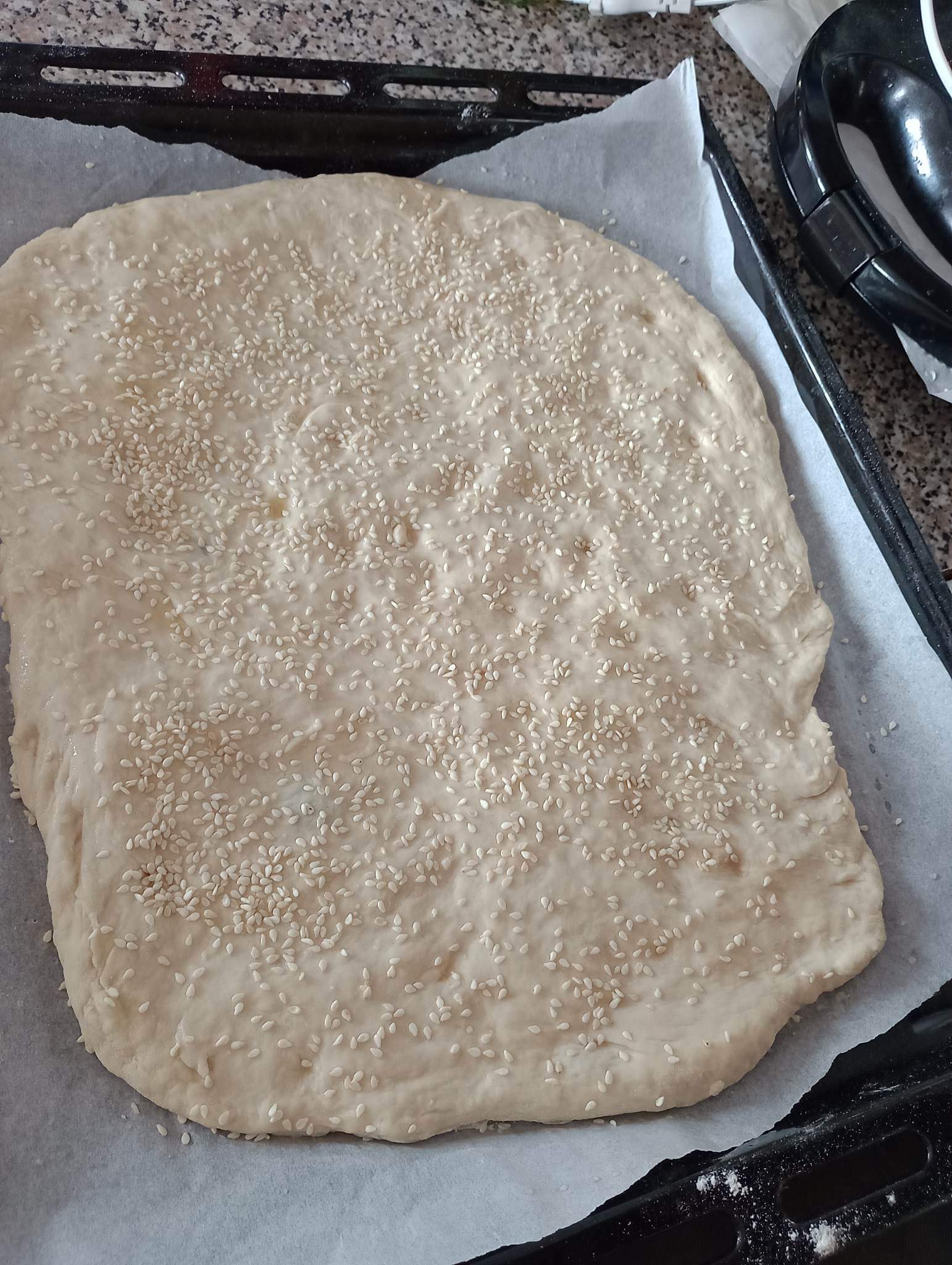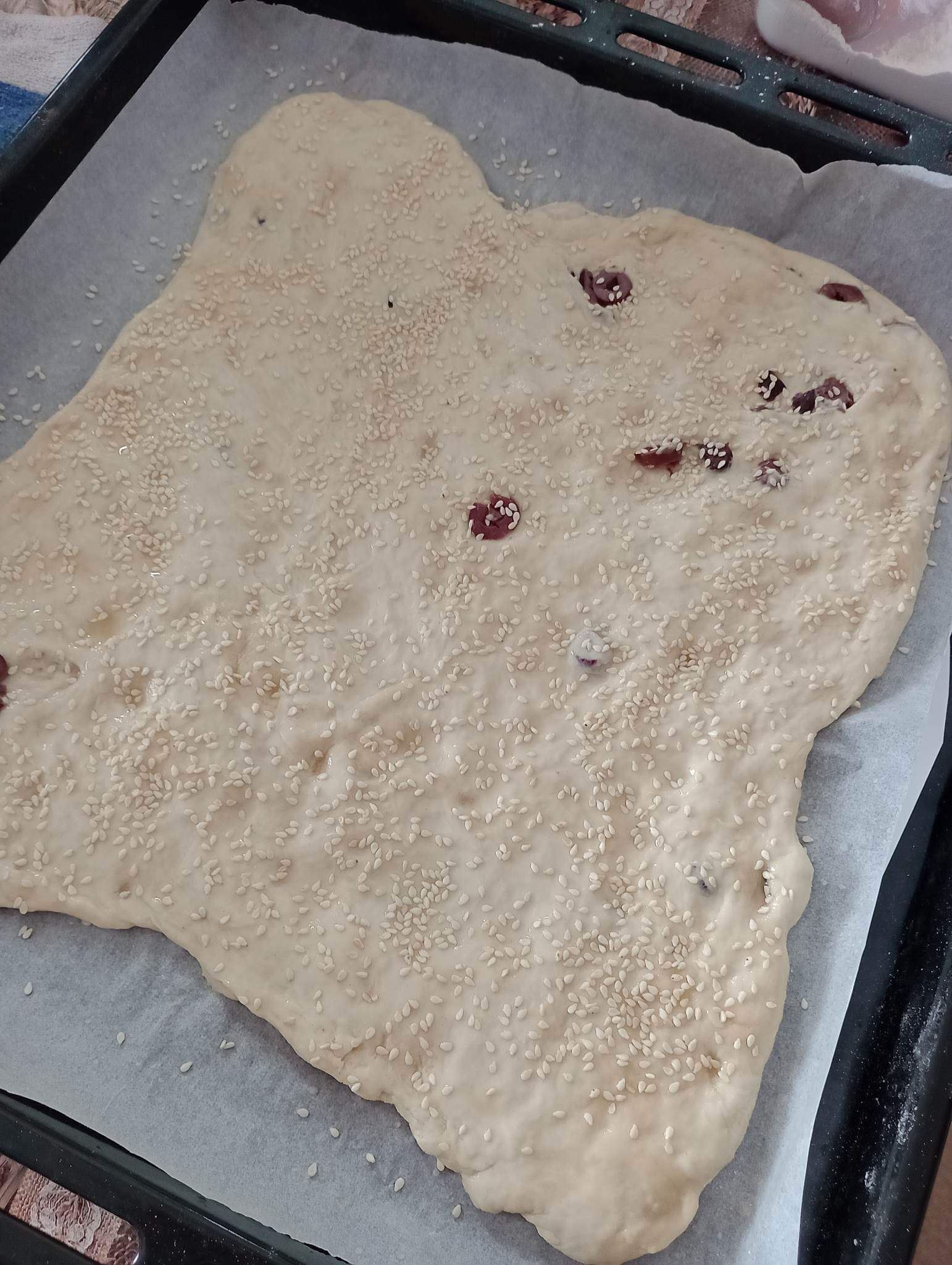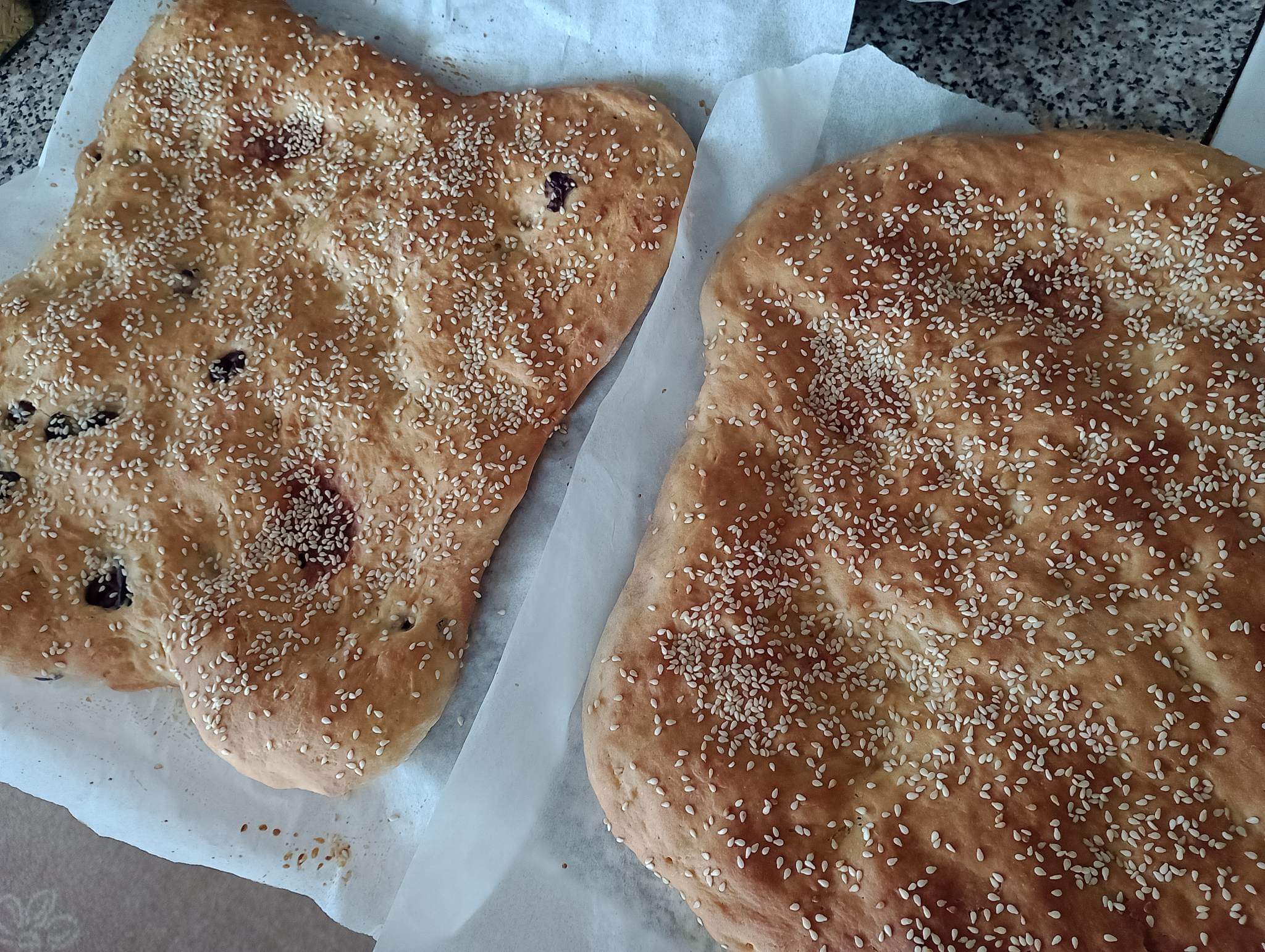The Great Lent begins
Today, Clean Monday, marks the beginning of the Great Lent that leads to Easter.
According to Wikipedia
Great Lent, or the Great Fast (Greek: Μεγάλη Τεσσαρακοστή or Μεγάλη Νηστεία, meaning "Great 40 Days," and "Great Fast," respectively), is the most important fasting season of the church year within many denominations of Eastern Christianity. It is intended to prepare Christians for the greatest feast of the church year, Pascha (Easter).[1]
Great Lent shares its origins with the Lent of Western Christianity and has many similarities with it. There are some differences in the timing of Lent, besides calculating the date of Easter and how it is practiced, both liturgically in the public worship of the church and individually.
One difference between Eastern Christianity and Western Christianity is the calculation of the date of Easter (see Computus). Most years, the Eastern Pascha falls after the Western Easter, and it may be as much as five weeks later; occasionally, the two dates coincide. Like Western Lent, Great Lent itself lasts for forty days, but in contrast to the West, Sundays are included in the count.
Great Lent officially begins on Clean Monday, seven weeks before Pascha (Ash Wednesday is not observed in Eastern Christianity), and runs for 40 contiguous days, concluding with the Presanctified Liturgy on Friday of the Sixth Week. The next day is called Lazarus Saturday, the day before Palm Sunday. Thus, in case the Easter dates coincide, Clean Monday is two days before Ash Wednesday.
Fasting continues throughout the following week, known as Passion Week or Holy Week, and does not end until after the Paschal Vigil early in the morning of Pascha (Easter Sunday).
Clean Monday is celebrated with traditional dishes that contain no meat or dairy and demands that we follow the old custom of flying a kite. We did not fly a kite but we did (and by we I mean I) cooked a few dishes that are typical of the day.
Early morning and I put my bean soup in the pressure cooker to have enough time for my lagana bread.
Lagana (Greek: λαγάνα, from λάγανον[1]) is a Greek flatbread traditionally baked for Clean Monday, the first day of the Great Lent. Traditionally, it was prepared unleavened (without the yeast), but leavened lagana is nowadays more common. It is typically flat, oval-shaped, with surface decorated by impressing fingertips.
Sesame seeds are a common topping, and it may also be topped with other herbs, and seasoned with olive oil.[4] The name comes from a Greco-Roman pastry dough lagana, which is also the origin of the word lasagna,[5] also known as tracta, from Ancient Greek: τρακτος.
From Wikipedia
Fries and fried calamari rings came next and our table was completed with tsipouro, olives, pickled green peppers and fresh carrots. Sorry I forgot to take pictures 😂
Do you want the recipe for the lagana bread?
Here's the video I consulted...
And a list of the:
Ingredients
- 900 gr all purpose flour
- 18 gr dry yeast
- 550 ml lukewarm water
- 1 tbsp sugar
- 50 gr tahini (sesame spread)
- 1 tsp salt
For the topping
- 100 ml water
- 1 tbsp honey or sugar
- sesame

I made two trays of lagana and I added olives in the second one...

Both were delicious!!

Happy Lent! 🪁
Original content by @ruth-girl - All images taken by @ruth-girl with smartphone Moto G22 - All rights reserved
You are the link for Little Man between the past and the future. The traditions live or die with your generation. Kudos for keeping tradition alive. It is beautiful 🌷
Yeah I remember that. Easter is huge in my ex-wifes family. They did a whole lamb on a spit over a coal fire. I always made the lemon potatoes, her nuna always asked me. “You sure you aren’t Greek”.
Lamb, tsourekia, red eggs, Greek celebrations are all about food and drink :P
Maybe you're Greek in the heart!
ummmm, looks delicious! 😋
https://leofinance.io/threads/@trumpman/re-leothreads-5izezt
The rewards earned on this comment will go directly to the people ( @trumpman ) sharing the post on LeoThreads,LikeTu,dBuzz.
Can't wait to try this✨